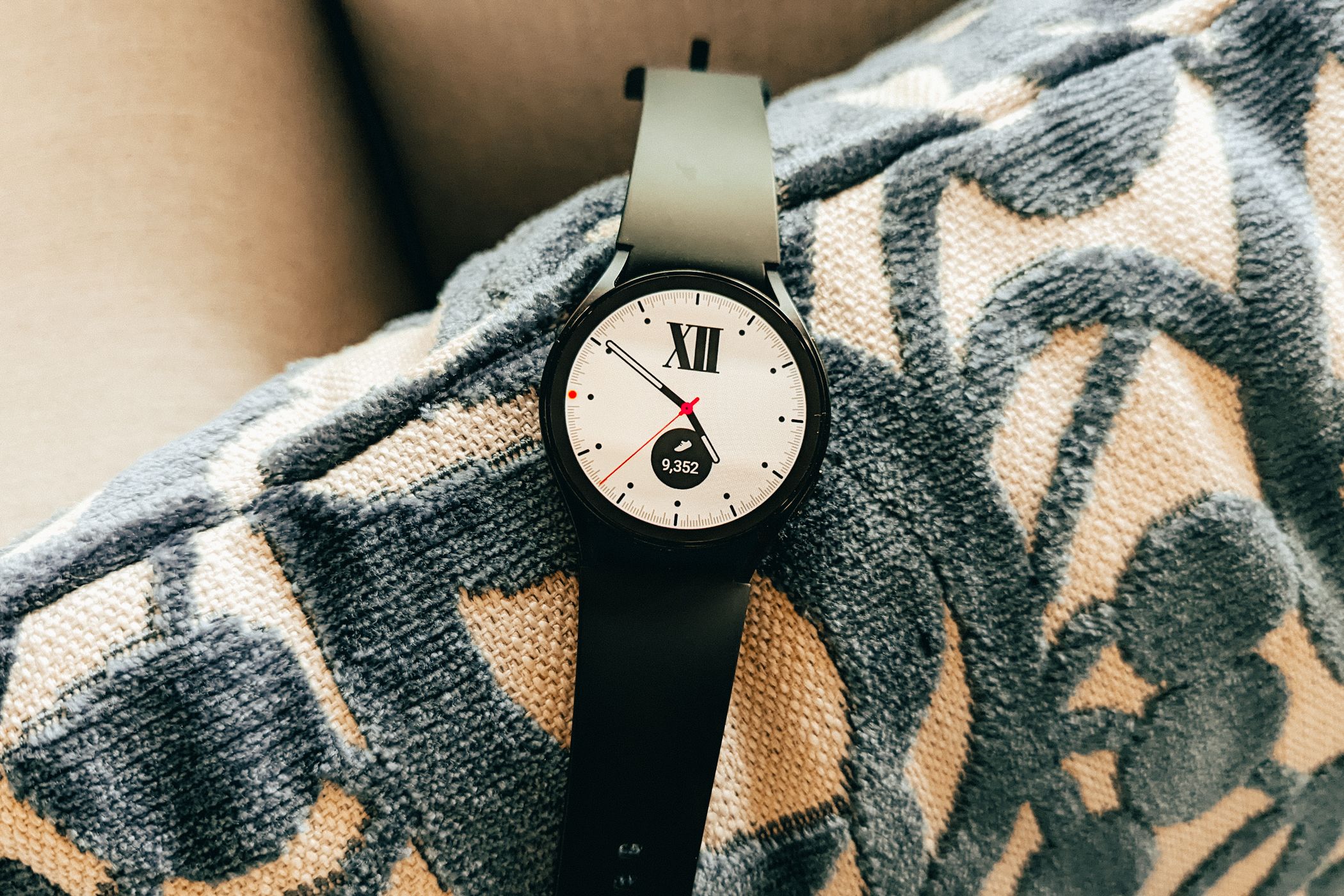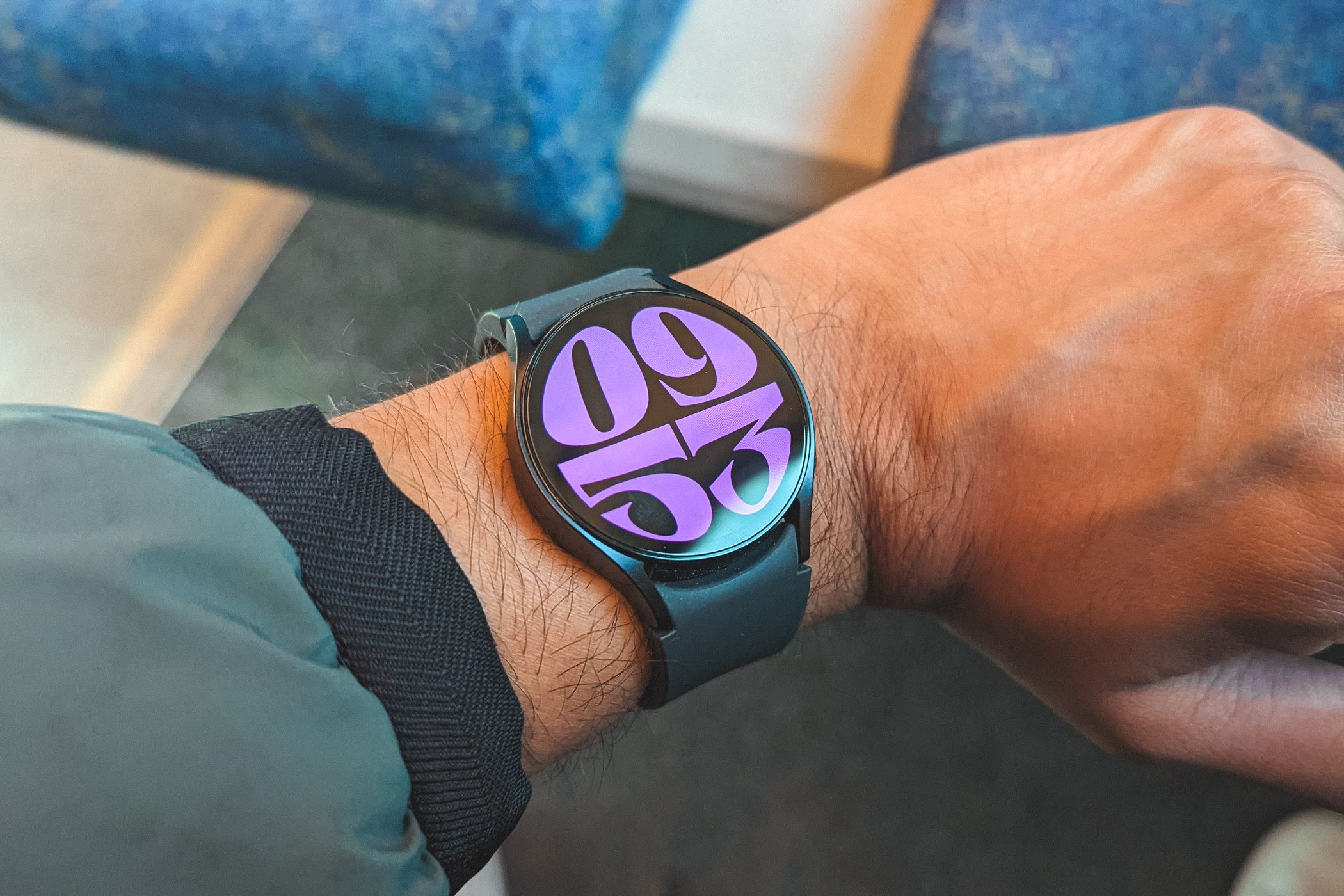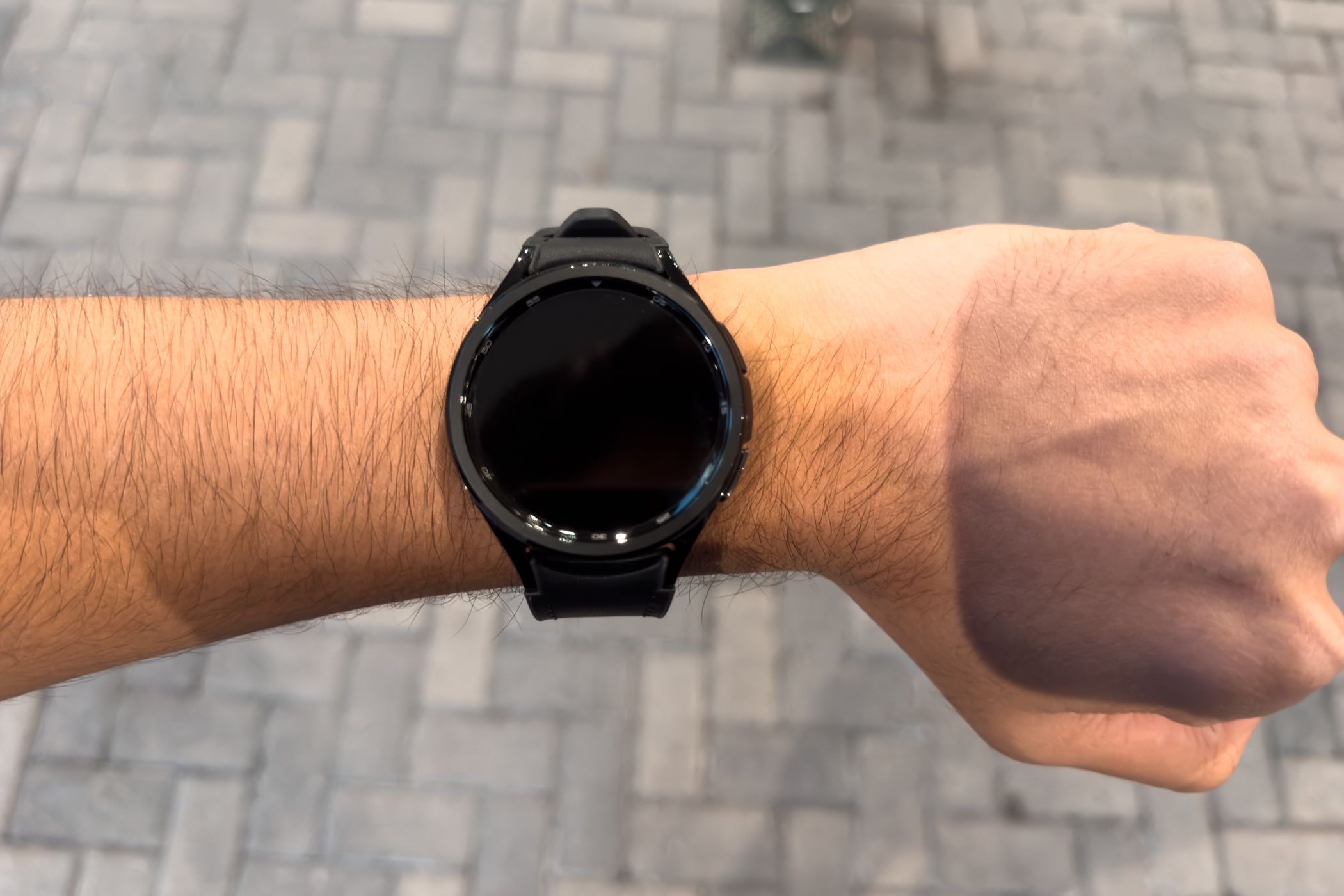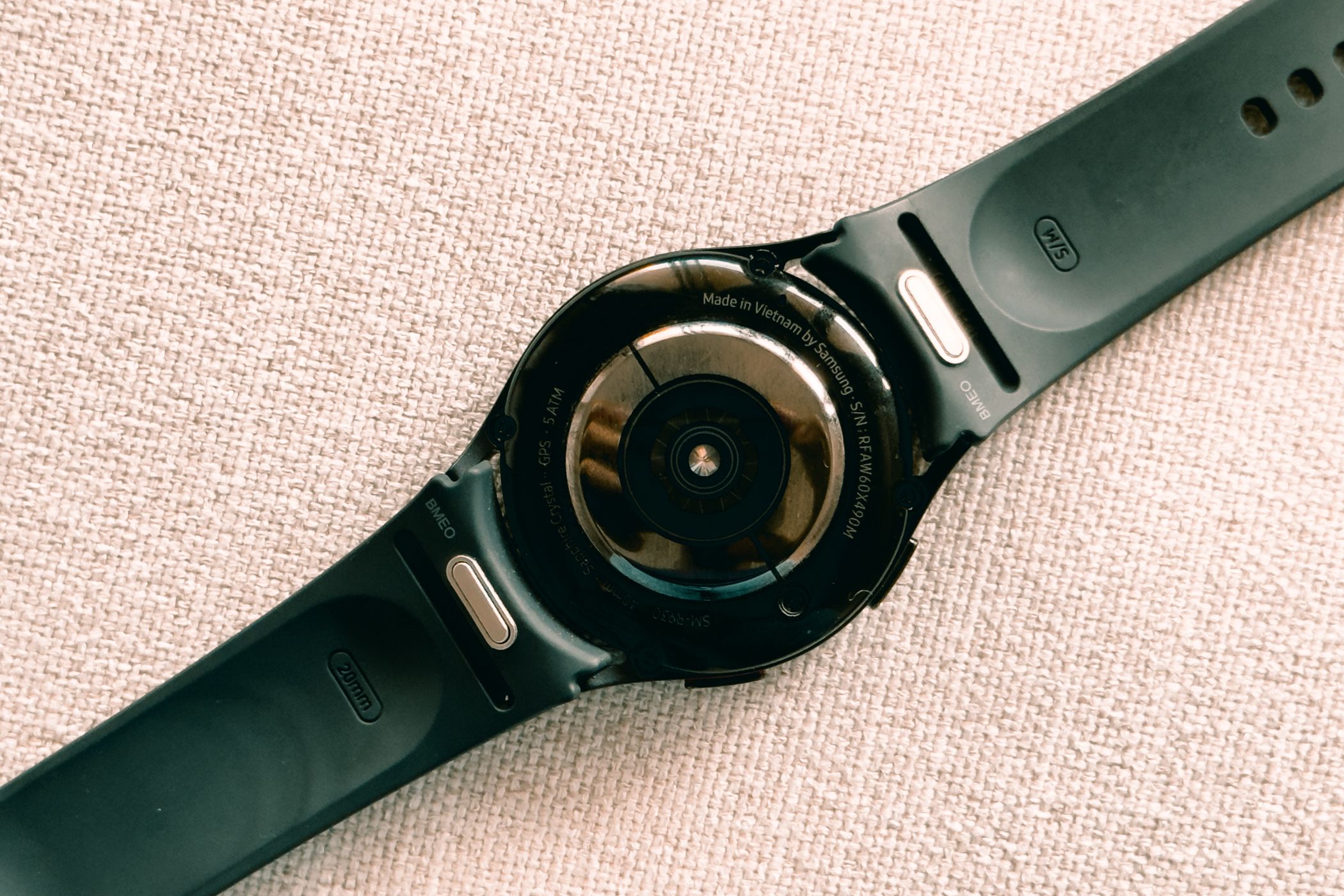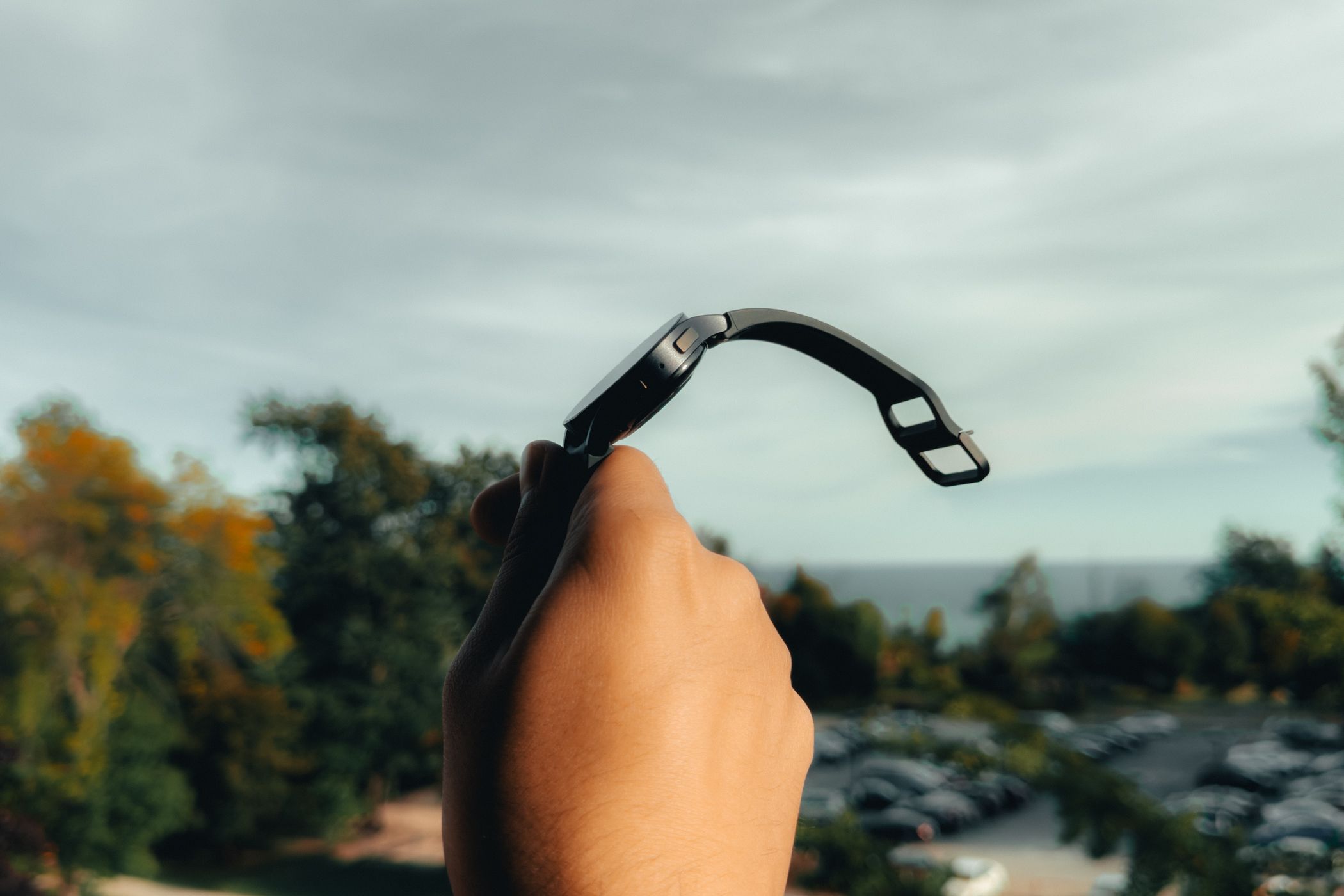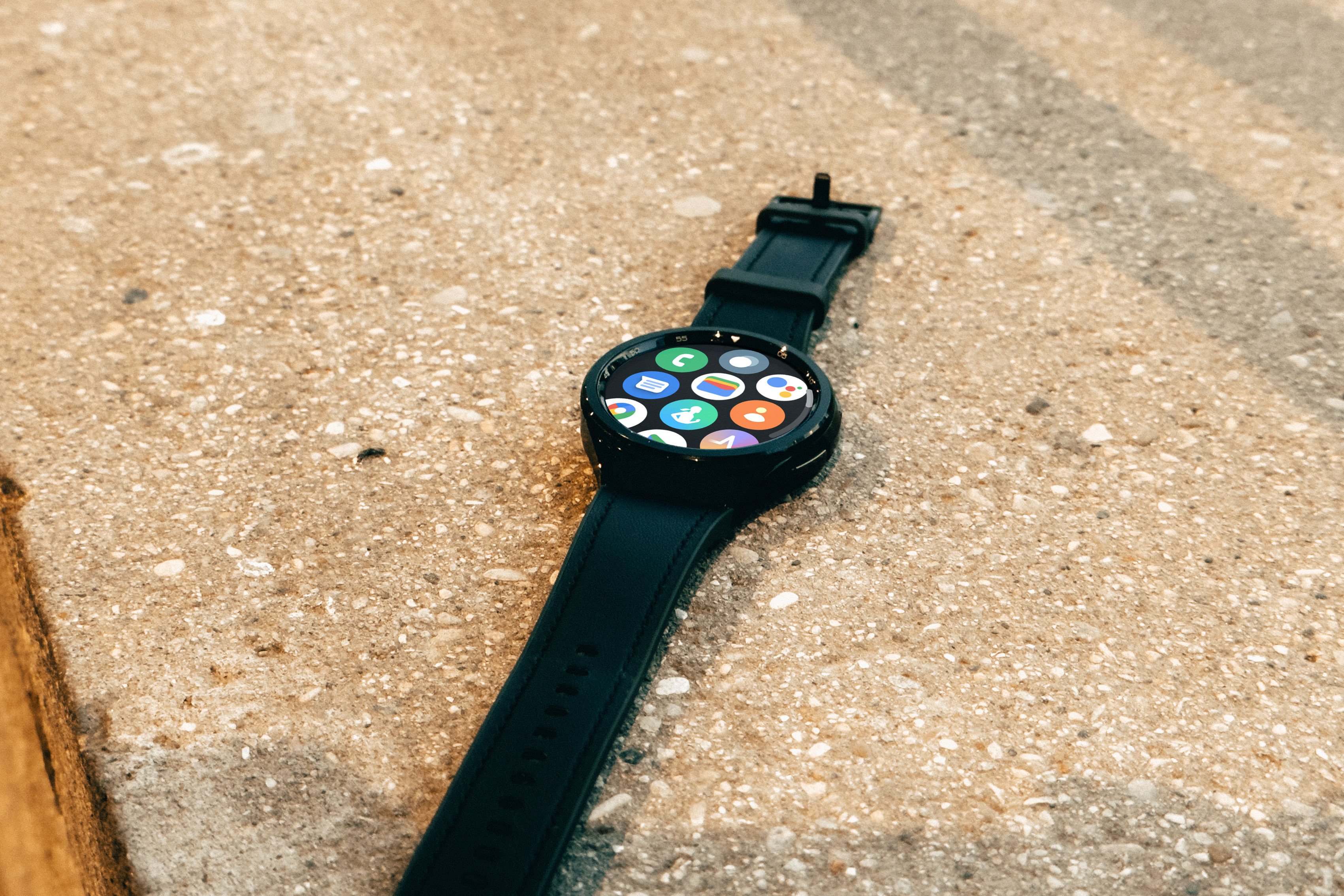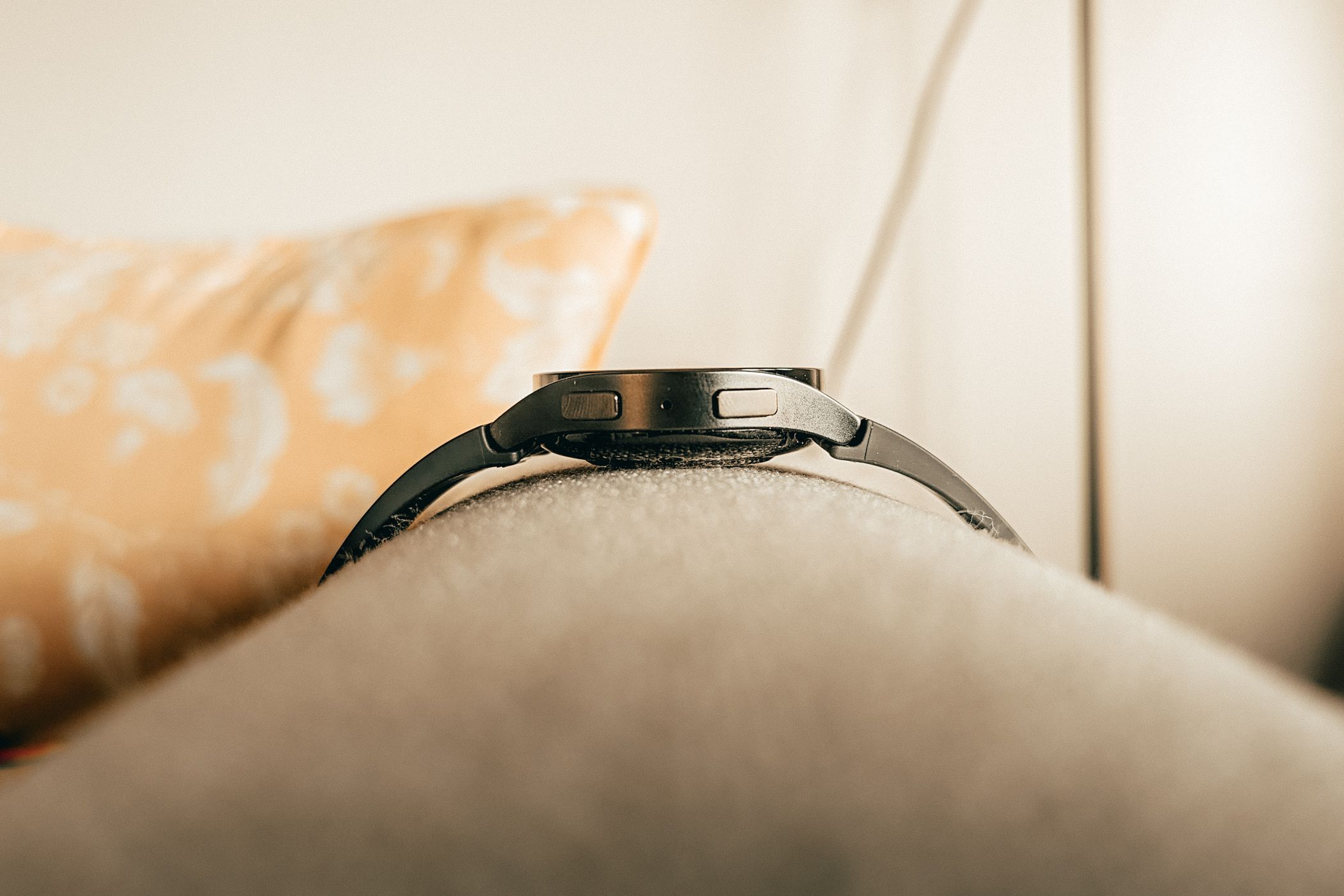Key Takeaways
- The Samsung Galaxy Watch 6 series offers a sleek design and advanced health tracking, making it an ideal choice for users in the Samsung ecosystem looking for an Android-compatible smartwatch.
- However, its performance under WearOS and battery life may not meet the high expectations set by other Samsung flagship devices, which is an important factor to consider for potential upgraders.
- Overall, the Galaxy Watch 6 series excels in its aesthetic appeal and health tracking capabilities, but limitations in software fluidity and responsiveness, as well as battery life, should be taken into consideration before making a purchase.
Samsung is one of the few companies to offer a decent Android wearable with its Galaxy line of watches, and the new Galaxy Watch 6 series is the latest iteration that runs on a customized version of Wear OS. But are they worth your money?
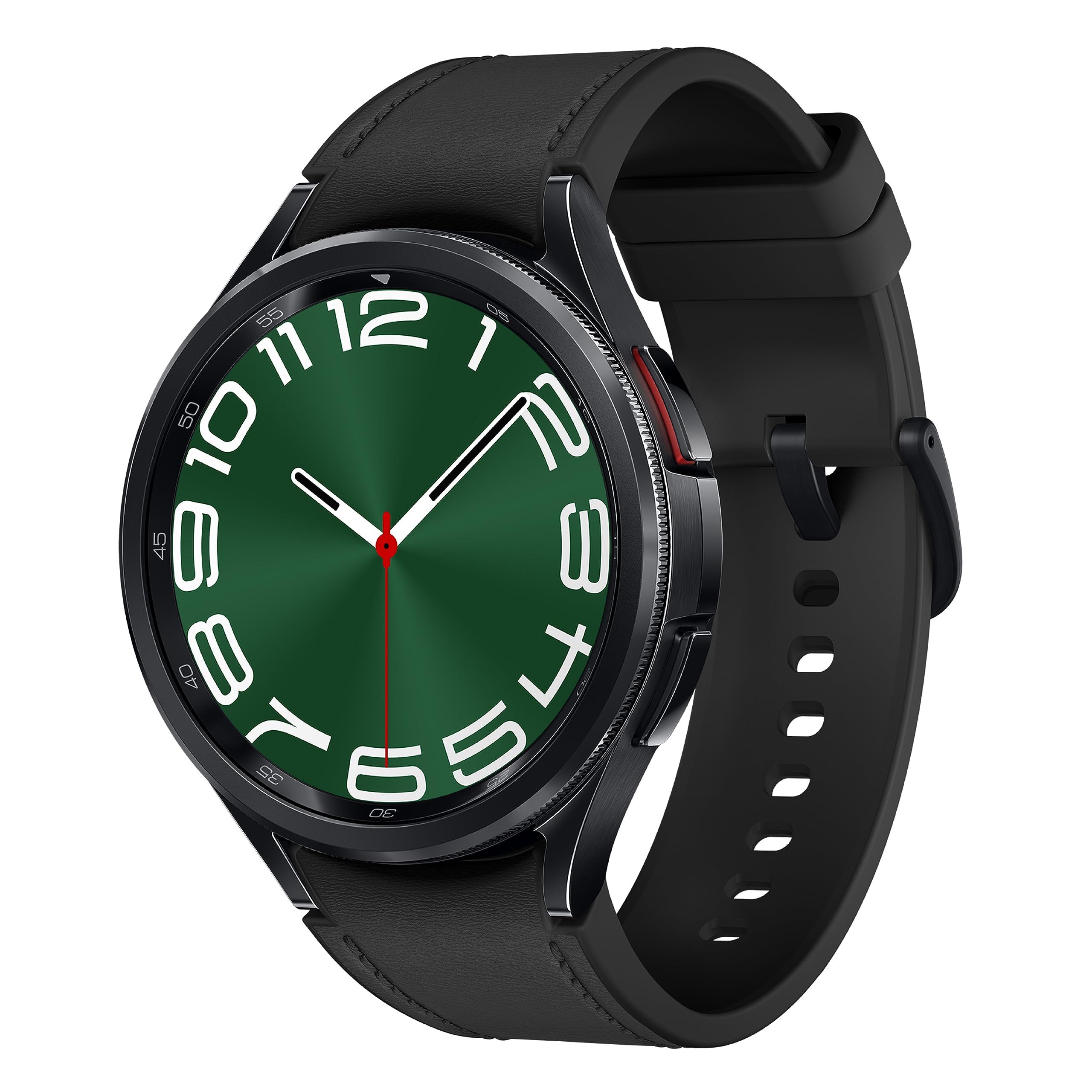
Samsung Galaxy Watch 6 Classic
The Return of the Rotating Bezel
The Samsung Galaxy Watch 6 series, with its sleek design and advanced health tracking, is an ideal choice for users in the Samsung ecosystem looking for an Android-compatible smartwatch. However, its performance under WearOS and battery life may not meet the high expectations set by other Samsung flagship devices.
- Brand
- Samsung
- Heart Rate Monitor
- Yes
- Battery Life
- 30 - 40 hours
- Operating System
- WearOS 4 with OneUI
- Case Material
- Stainless Steel
- Case size
- 43 or 47mm
- Colors
- Silver or Black
- Display
- OLED
- CPU
- Exynos W930
- RAM
- 2GB
- Storage
- 16GB
- Rotating Bezel is great for UI navigation
- Excellent material choice and build quality
- Battery life still has a lot to improve upon
- WearOS laggy at times
Design
The Samsung Galaxy Watch 6 series, which includes the Galaxy Watch 6 and Watch 6 Classic, are a sleek, yet iterative update of Samsung’s flagship smartwatch collection, maintaining a strikingly similar design to the Watch 5 and Watch 5 Pro from last year, which were already similar to the Watch 4 series before that.
The Galaxy Watch 6 series features a glass front with sapphire crystal protection and sticks with 40mm and 44mm options for the Galaxy Watch 6, and 43mm and 47mm options for the Classic. The choice of materials also remains consistent: aluminum for the Watch 6 and stainless steel for the Classic. The 40mm and 43mm variants of the Watch 6 and Watch 6 Classic are equipped with a 1.3-inch OLED circular screen with a 432 x 432 pixels resolution, while the larger variants, the 44mm and 47mm watches, have a slightly larger 1.5-inch OLED screen with 480 x 480 pixels resolution.
As with almost any OLED panel from a flagship Samsung product, these screens are bright, vibrant, and support an always-on display. The most notable change in this series is the bezel design. The Watch 6’s bezels are now 30 percent slimmer, while the Classic’s having been trimmed down by 15 percent. While subtle, this gives a decent improvement to the watch’s visual appeal; the reduction in bezel size, much like Apple’s Series 7 Apple Watch, doesn’t necessarily make that much of a utilitarian improvement over previous iterations, but it makes these smartwatches the illusion of feeling just a little more modern.
However, this visual appeal doesn’t necessarily work in favor of the watch’s usability, at least for the regular Watch 6. This is because Samsung implemented its touch bezel functionality once again in the basic model, while the Watch 6 Classic has a physical rotating bezel. The touch bezel offers a very inconsistent experience; because the bezel is so thin, sometimes it doesn’t register a “rotation” or has a slight delay. At that point, I’d rather just swipe across the menus using the screen.
Of course, if you opted for the Classic, Samsung has brought back the physical rotating bezel—which has been a staple in almost all Samsung flagship watches since 2015—and this remains the best way to navigate a smartwatch’s interface, mainly because of how tactile and precise it feels.
The Galaxy Watch 6 comes in Black, Silver, and Gold, while the Galaxy Watch 6 Classic comes in Silver and Black, consistent with what we’ve gotten before.
Overall, while the Samsung Galaxy Watch 6 series doesn’t get much of a design overhaul, these smartwatches continue to be well-designed and well-built and probably remain the best circular smartwatches visually.
Health Sensors and Tracking
The Galaxy Watch 6 series offers a variety of health monitoring and fitness tracking features, making them quite versatile for anyone who wants to stay on top of their wellness. If you wish to track your daily activity, measure your heart rate, or check your blood pressure, the Watch 6 series keeps up with other flagships, including the Apple Watch.
The Watch 6 series supports over 100 workout modes, including running, cycling, swimming, yoga, and more, and can automatically detect and record seven types of exercises, such as walking, running, cycling, rowing, elliptical, dynamic workout, and swimming. These watches are also water-resistant to up to 5 ATM, so you can wear them in the pool or shower.
One of the standout features of the Watch 6 is its ability to measure electrocardiogram and blood pressure using the Samsung Health Monitor app. These features can help you detect signs of atrial fibrillation or hypertension, which are common conditions that can increase the risk of stroke or heart attack, but much like the Apple Watch, these readings aren’t as accurate as actual ECG monitors. However, for maintaining a log or history of your heart’s patterns, this can still be quite useful.
It’s worth noting the ECG and BP features are cleared by the FDA for use in the US, but they are not intended to diagnose or treat any medical condition.
The Watch 6 series also has sensors for measuring blood oxygen saturation, skin temperature, body composition, and stress levels, but again, these features follow the trend of providing metrics that aren’t necessarily useful for thorough analysis outside of finding general trends. The body composition tracking works by placing two fingers on the buttons and waiting for the watch to finish scanning, and the whole process is quite fast.
Finally, these watches are able to track your sleep quality and duration, providing metrics like sleep stages (light, deep, REM), your sleep score (based on factors like duration, consistency, efficiency, and calmness), and your blood oxygen level during sleep.
Accuracy
The Samsung Galaxy Watch 6 is generally accurate in measuring health and fitness metrics, but it may not be as precise as medical-grade devices or dedicated sports watches.
I tested the Samsung Galaxy Watch 6 against the Apple Watch Series 8 for health tracking accuracy, and I found that the Watch 6 was consistent with the Apple Watch in measuring heart rate and SpO2.
Overall, the Samsung Galaxy Watch 6 is a smartwatch that offers a lot of health monitoring and fitness tracking features for a device this sleek and powerful. It may not be as accurate or comprehensive as some other devices on the market, but it is suitable for most users who want to keep track of their health and wellness.
Software, Performance and Battery Life
The Galaxy Watch 6 series is equipped with a dual-core 1.4GHz Exynos W930 processor, 2 GB of RAM, and 16 GB of internal storage. Using the Watch 6 series against my Apple Watch Series 8 from last year, it’s obvious that these smartwatches do not provide as smooth of an experience as you’d expect for a flagship device, and I think it comes down to software.
For context, the original Galaxy Watch from 2018 ran Samsung’s TizenOS, and it performed beautifully. I was able to use that watch for well over two years, and it performed the same as it did on day one. Out of the box, the new Galaxy Watch 6 and Watch 6 Classic don’t share that same sentiment.
Visually, the UI of OneUI over Google’s WearOS is much nicer, and it opens up the ability to load real apps onto the watch, but with its current specifications, it’s evident that these watches are seriously underpowered for the OS they’re trying to run. I’ve continually found a noticeable delay in opening apps, keeping up with activities, and throughout the UI generally; this was especially noticeable with the regular Watch 6 and its digital bezel, which felt like it would endure dropped frames when scrolling across the different menus.
It almost feels like the hardware of the Watch 6 was meant to run Samsung’s TizenOS, and I’m sure it would’ve run that excellently, but for a more bloated WearOS with a OneUI skin on top of that, a dual-core processor and 2 GB of RAM just doesn’t cut it.
In terms of battery life, the Galaxy Watch 6 is equipped with a Li-Ion battery with a capacity of 300mAh for the 40 and 43mm variants, or 425mAh for the 44 or 47mm variants. They support wireless charging using a magnetic charger or any Qi-compatible charger, and Samsung rates these watches to two days of use for the 40 and 43mm versions, and up to three days for the 44 and 47mm versions.
In real-world use, I got closer to about a day and a half of use on the larger models. This includes having the always-on display enabled, along with automatic health tracking. These are watches you'll need to charge before taking to bed if you plan on using their sleep-tracking capabilities.
Overall, I think if you’re coming from a previous generation Samsung wearable, the improvements to battery life and software capabilities through WearOS could be worth it for you, but these watches won’t have the same fluidity and reliability as you’d expect from Samsung’s other flagship devices.
Should You Buy the Galaxy Watch 6?
Overall, the Samsung Galaxy Watch 6 series is a blend of iterative updates and solid craftsmanship; for those deeply rooted in the Samsung ecosystem, the Galaxy Watch 6 and Watch 6 Classic offer a familiar yet refined experience, which works well with other Samsung devices. The sleek design, the slimmer bezels, and the robust health tracking capabilities are significant draws, especially for users seeking a new Android-based smartwatch. The Watch 6 series excels in its aesthetic appeal and the variety of health metrics it can track, and it’s hard to argue for an alternative smartwatch that would give you an equivalent experience.
That said, you should consider the limitations; the performance under WearOS, particularly in terms of software fluidity and responsiveness, might not meet the expectations set by Samsung’s other flagship devices. By extension, this goes for the battery life too, which, while decent, may require more frequent charging than some users would prefer. These factors are crucial in deciding whether the upgrade is worthwhile.
For those already within the Samsung ecosystem, the Galaxy Watch 6 series represents a logical step forward, offering continuity and compatibility with existing devices. If you're seeking a new Android-based smartwatch that balances design and functionality, the Galaxy Watch 6 series is hard to beat.

Samsung Galaxy Watch 6 Classic
The Samsung Galaxy Watch 6 series, with its sleek design and advanced health tracking, is an ideal choice for users in the Samsung ecosystem looking for an Android-compatible smartwatch. However, its performance under WearOS and battery life may not meet the high expectations set by other Samsung flagship devices.

